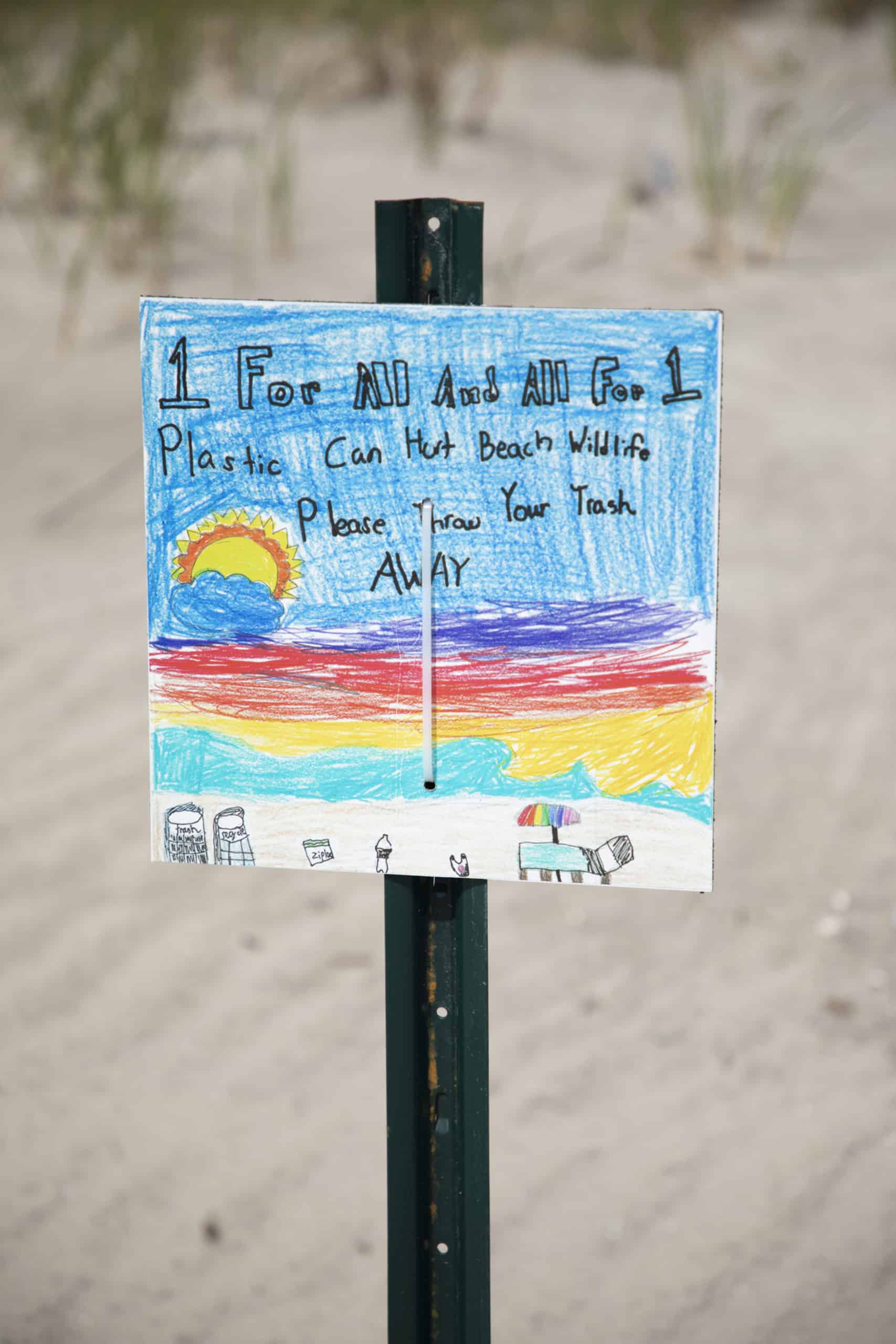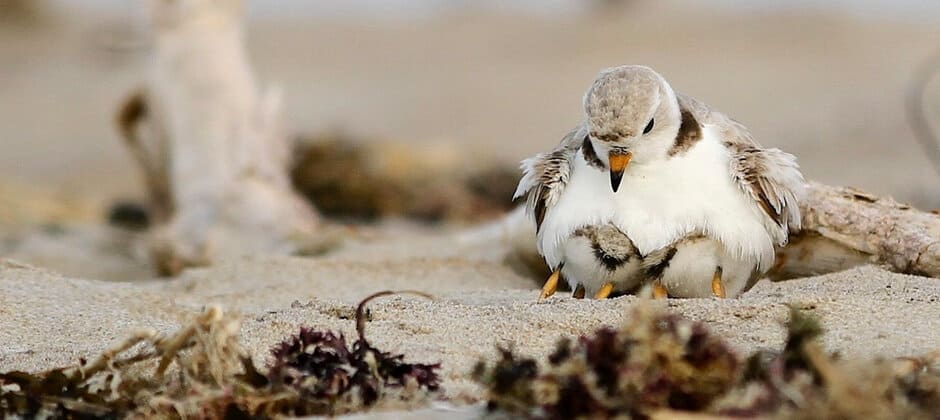Share this article
Stewardship helps protect coastal birds
Well-stewarded areas afford more protection to Gulf of Mexico and Atlantic coastal birds than those that are left alone, even if they are in national parks or other conservation areas.
Coastal birds face a number of human-caused threats, including human disturbance, pollution, and habitat loss and degradation. Stewardship programs can help address some of these threats and can take a number of different forms. They often involve recruiting volunteers, wildlife managers or conservationists putting up signs to ward people and their dogs away from sensitive nesting areas, roping off nesting areas and other actions. Sometimes, they will put up information booths about sensitive bird species on beaches. “There are a lot of rare and endangered birds that use those back beach areas,” said Nicole Michel, director of quantitative science at the National Audubon Society.
These activities sometimes happen on protected land such as in national parks or wildlife refuges, but they also occur on otherwise unprotected land. Researchers wondered if birds were benefitting from these protections.

Stewardship can include creative signs that deter people from littering or approaching sensitive nesting areas. Credit: Luke Frank
To find out, in a study published recently in Conservation Biology, lead author Michel and her colleagues examined 12 years of data from eBird, a community science program. They compared the data gathered on coastal birds, dividing them into protected areas, unprotected areas and places with stewardship programs along the Atlantic and Gulf coasts.
They found that out of 12 species of birds that winter along these coasts, four had populations that grew up to 34 times faster in areas protected by stewardship than in protected areas without these actions.

Other stewardship techniques involve informing beachgoers about birds in the areas. Credit: Katie Barnes
Piping plovers (Charadrius melodus) were one of those species benefiting from stewardship. They had more positive population trends in both winter and summer periods in stewardship areas.
Five of the dozen species—birds like the American oystercatcher (Haematopus palliates)—did better in stewarded areas than in unprotected areas.
While only two species, including the reddish egret (Egretta rufescens), had more positive population trends in protected areas than in unprotected areas with stewardship programs, Michel and her colleagues didn’t find any species that did better in unprotected areas than in stewardship areas.
She said the results show that protecting land is critical for conservation of coastal birds, but sometimes it isn’t always enough without good stewardship.
“Together, stewardship and protection provide what the birds need to continue,” Michel said.
Header Image:
Piping plovers are among the coastal birds that benefited from conservation stewardship.
Credit: Kimberly Caruso








